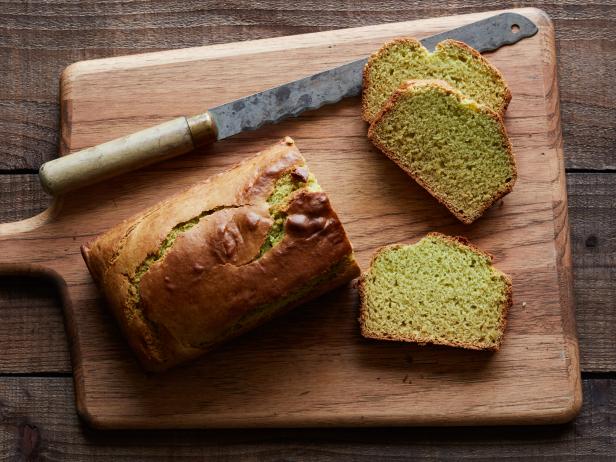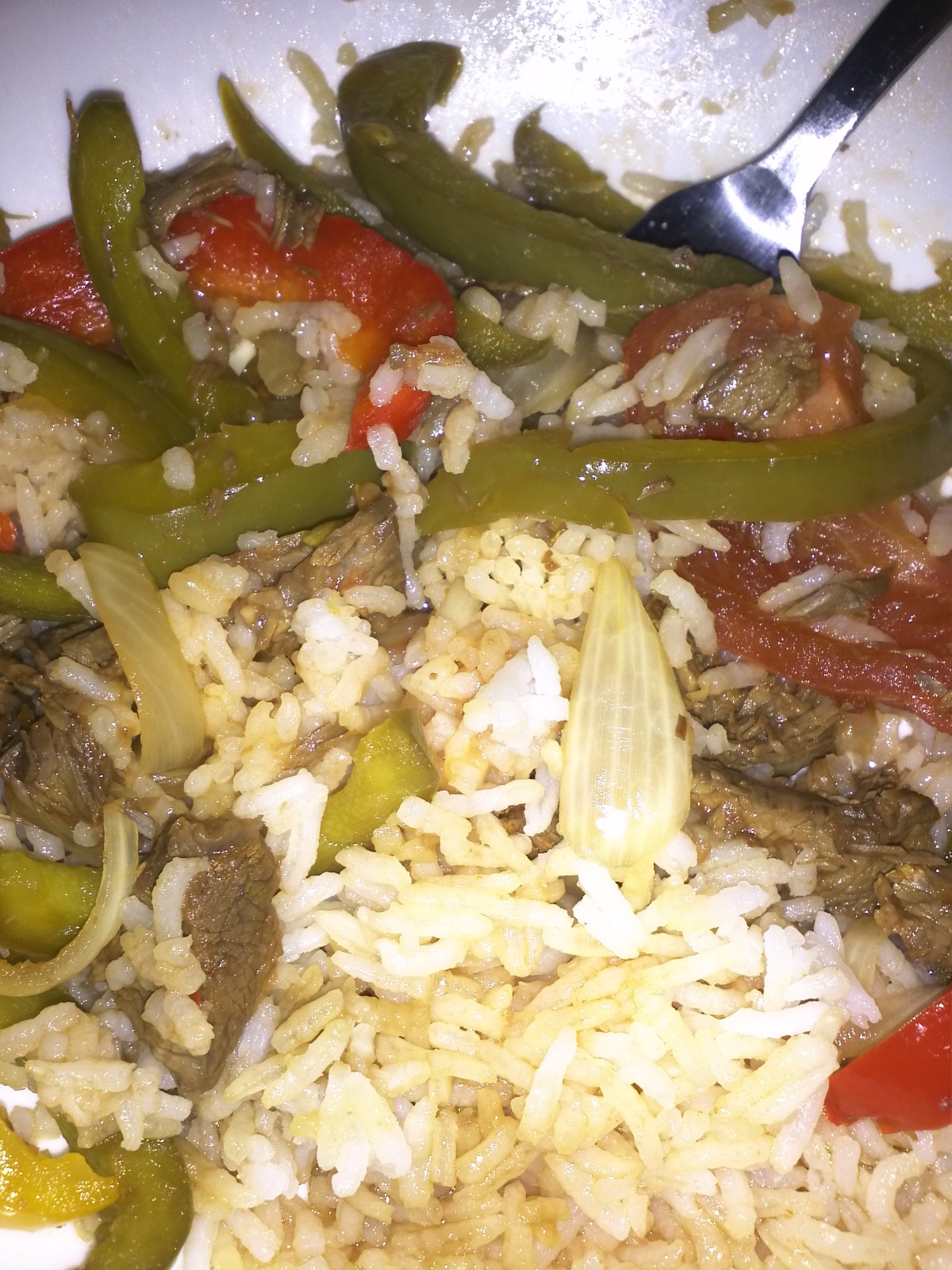**Fresh Yeast Bread: A Culinary Journey Through Time and Taste**
From the ancient Egyptians to the bustling bakeries of modern cities, fresh yeast bread has been a culinary staple for centuries. With its soft, airy texture, tantalizing aroma, and versatile applications, bread made with fresh yeast continues to captivate taste buds worldwide. This definitive guide offers a comprehensive exploration of fresh yeast bread, providing bakers of all skill levels with foolproof recipes for various types of loaves, rolls, and delectable pastries. Embark on a sensory adventure as we delve into the art of crafting fresh yeast bread, promising a delightful fusion of tradition and innovation in every bite.
**Recipes Featured:**
1. **Classic White Bread:** Master the art of creating a timeless classic, perfect for sandwiches, toast, or simply savoring on its own.
2. **Whole Wheat Bread:** Experience the nutty flavor and wholesome goodness of whole wheat bread, packed with fiber and nutrients.
3. **Sourdough Bread:** Immerse yourself in the world of sourdough, a tangy and aromatic bread made with a natural yeast starter.
4. **Focaccia Bread:** Discover the rustic charm and versatility of focaccia, an Italian flatbread perfect for appetizers, pizzas, or dipping in olive oil.
5. **Ciabatta Bread:** Indulge in the airy texture and crispy crust of ciabatta, an Italian bread ideal for sandwiches, bruschetta, or simply enjoying with a drizzle of olive oil.
6. **Brioche Bread:** Treat yourself to the rich, buttery brioche, a French bread known for its delicate flavor and golden crust.
7. **Dinner Rolls:** Elevate your meals with homemade dinner rolls, soft and fluffy companions to any main course.
8. **Cinnamon Rolls:** Satisfy your sweet cravings with cinnamon rolls, filled with a swirl of cinnamon sugar and topped with a creamy glaze.
9. **Pretzels:** Create perfectly twisted pretzels, a delightful snack or side dish with a slightly chewy texture and a sprinkle of salt.
10. **Baguettes:** Experience the quintessential French baguette, characterized by its long, thin shape and crispy crust, perfect for sandwiches or as an accompaniment to cheese and charcuterie boards.
WHITE YEAST BREAD
With this recipe you can be as creative as you wish, from simple oval loaves to plaited or braided masterpieces. Or make a whole variety of rolls, from basic round ones to more complex shapes: pretzel-type knots or, if you're feeling particularly inventive, small animals - snakes, mice, even hedgehogs!
Provided by Food Network
Time 5h
Yield 2 loaves
Number Of Ingredients 8
Steps:
- In a measuring cup, mix the sugar with a 1/2 cup of the warm water and yeast and let stand in a warm place for 5 minutes, or until frothy. If using fast-acting yeast, there is no need to let the mixture stand.
- In a large bowl, sift together the flour and salt. Rub in the butter, and make a well in the center. If using olive oil instead of butter, pour the olive oil into the remaining 1 1/2 cups water. Pour in the yeast mixture and most of the remaining water (and the olive oil, if using). Mix to a loose dough, adding the remaining water if needed, plus extra if necessary.
- Knead the mixture until the dough is smooth and springy to the touch, about 10 minutes. If kneading in an electric food mixer with a dough hook, 5 minutes is usually long enough.
- Put the dough in a large oiled bowl. Cover the top tightly with plastic wrap, and place somewhere warm to rise, until it is doubled in size. This may take up to 2 or even (on a cold day) 3 hours.
- Preheat the oven to 425 degrees F.
- When the dough has more than doubled in size, punch down, and knead again for 2 to 3 minutes. Leave to relax for 10 minutes before you begin to shape the bread.
- Shape the bread into loaves or rolls, and then transfer to a baking tray, and cover with a clean tea or dish towel. Allow to rise again in a warm place for 20 to 30 minutes, until the shaped dough has again doubled in size. When the dough has fully risen, it should leave a dent when you gently press the dough with your finger.
- The bread is full of air at this point, and therefore very fragile, gently brush the loaf with egg wash and sprinkle with poppy or sesame seeds, if using, or dust lightly with flour for a rustic-looking loaf.
- Bake in the oven for 30 to 45 minutes for a loaf, depending on its size, or 10 to 15 minutes for rolls, Turn the heat down to 400 degrees F, after 15 minutes for the remaining baking time. When baked, the bread should sound hollow when tapped on the base. Transfer the loaf to a wire rack to cool.
BASIC HOMEMADE BREAD
If you'd like to learn how to bake bread, here's a wonderful place to start. This easy white bread recipe bakes up deliciously golden brown. There's nothing like the homemade aroma wafting through my kitchen as it bakes. -Sandra Anderson, New York, New York
Provided by Taste of Home
Time 50m
Yield 2 loaves (16 pieces each).
Number Of Ingredients 6
Steps:
- In a large bowl, dissolve yeast and 1/2 teaspoon sugar in warm water; let stand until bubbles form on surface. Whisk together remaining 3 tablespoons sugar, salt and 3 cups flour. Stir oil into yeast mixture; pour into flour mixture and beat until smooth. Stir in enough remaining flour, 1/2 cup at a time, to form a soft dough. , Turn onto a floured surface; knead until smooth and elastic, 8-10 minutes. Place in a greased bowl, turning once to grease the top. Cover and let rise in a warm place until doubled, 1-1/2 to 2 hours., Punch dough down. Turn onto a lightly floured surface; divide dough in half. Shape each into a loaf. Place in 2 greased 9x5-in. loaf pans. Cover and let rise until doubled, 1 to 1-1/2 hours., Bake at 375° until golden brown and bread sounds hollow when tapped or has reached an internal temperature of 200°, 30-35 minutes. Remove from pans to wire racks to cool.
Nutrition Facts : Calories 102 calories, Fat 1g fat (0 saturated fat), Cholesterol 0 cholesterol, Sodium 222mg sodium, Carbohydrate 20g carbohydrate (1g sugars, Fiber 1g fiber), Protein 3g protein.
Tips:
- Using a digital scale to measure ingredients is highly recommended as it provides more accuracy compared to measuring cups, resulting in consistent baking outcomes.
- Ensure that the yeast is fresh and active before using it. If the yeast is old or inactive, the bread may not rise properly.
- Always proof the yeast in warm water before adding it to the dough. Proofing activates the yeast and helps it to grow.
- Knead the dough until it is smooth and elastic. This will help to develop the gluten in the dough and give the bread a chewy texture.
- Let the dough rise in a warm place until it has doubled in size. This will allow the yeast to produce carbon dioxide gas, which will make the bread light and airy.
- Bake the bread in a preheated oven. This will help to create a crispy crust and a fluffy interior.
- Allow the bread to cool completely before slicing it. This will help to prevent the bread from tearing.
Conclusion:
Fresh yeast bread is delicious, versatile, and easy to make at home. With a little practice, you can master the art of baking fresh yeast bread and enjoy homemade loaves that are sure to impress your family and friends. Whether you prefer a classic white bread, a hearty whole wheat bread, or a flavorful herb bread, there is a fresh yeast bread recipe that is perfect for you. So get started today and discover the joy of baking fresh yeast bread!
Are you curently on diet or you just want to control your food's nutritions, ingredients? We will help you find recipes by cooking method, nutrition, ingredients...
Check it out »
You'll also love








